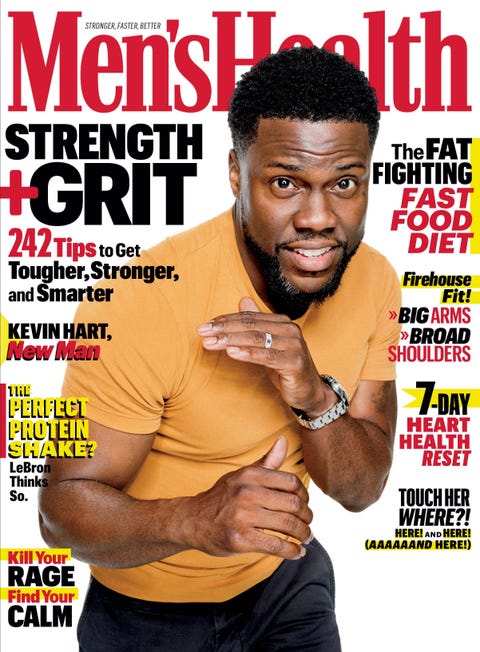Training for a marathon can be a lengthy process. Depending on your proficiency as a runner, it can take around 16 weeks, or as long as 20. So naturally, Cam Jones from YouTube’s Goal Guys decided he could get up to scratch in just 8 and a half weeks. He reasons that as he’s pretty much in half-marathon shape, it can’t be that much harder to get ready for a full, 26.2-mile long marathon, right?
So he drafts up a plan including a 10k pace run, speed training, a long run for tracking his progress and building his endurance, a recovery run, and hill training, in addition to a recovery regime of rigorous stretching and a weekly ice bath. At the same time, he fills his diet with energy-packed, carb-heavy foods including fruit, oats, nuts, lentils, and potatoes, along with plenty of water.
Cam soon begins to see quick improvement in his speed and endurance, to the point where he is able to complete his longest run to date, passing 28 km. However, he hits a major hurdle 7 weeks into his training program: his right calf seizes up and becomes swollen, to the point that it is painful to walk on. He meets with a physiotherapist, who advises him that calf strain, caused by repetitive loading, is a fairly common occurrence: “The training isn’t just cardiovascular, it’s training the blood and bones and muscles too.”
Needless to say, this gets in the way of Cam’s 60-day target, and he is forced to take time to recover. During this time, he consults with former Olympic runner Carey Nelson, who analyzes his running technique and offers him guidance on how he can adjust his form to increase his cadence and land more on his forefoot to help him run faster while reducing the strain on his injury. Following 8 weeks of rest, Cam starts training again, taking every caution possible to avoid re-injuring himself.

Subscribe to Men’s Health
hearstmags.com
SHOP NOW
On the day of the marathon-length run, he’s feeling optimistic. “My plan is to take the first hour of the run very slowly, to ease my body into the run and allow it to adapt to the impact,” he says. The first few kilometers fly by, and at around the 12th, he says: “My body is warmed up, I can start to increase the pace.”
But it’s not long before the strain starts to take its toll. “I’m starting to feel the impact of my feet hitting the ground over and over and over again,” he says at around the 22 km mark. “My left leg is really starting to hurt, so I’m going to pause and stretch it out a bit.” The discomfort in his left leg persists, and he is forced to stop and stretch every couple of kilometers.
“At this point my brain is making every excuse possible to just quit,” he says at 37 km. “It feels like I just get slower and slower and hurt more and more, and it really doesn’t feel like I’m getting much closer. Every step hurts.”
He finally makes it all the way to the finish line, completing the 26.2-mile run in 4 hours, 9 minutes and 40 seconds. “I feel accomplished, but it hurts,” he says. “It hurts a lot.”
“Considering I had an injury and my training was condensed, I am very happy with that time,” he continues. “I’d love to get it under 4 hours in an official event, but for now, yeah, I’ll take that for sure.”
Source: Read Full Article
